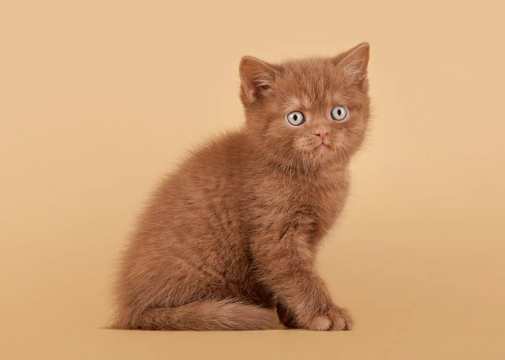
Cat Genetics Part Four - Coat Colour - Easy Guide
This article is part four in an ongoing series about cat genetics. If you have not read part one or part two, it’s best to start there to understand basic genetics concepts like DNA, genes and inheritance. For a scientific deep dive on coat colours, see part three. This version is designed to be easier to understand and remember.
Where Do Cats Get Their Coat Colour From?
Cat coat colour genetics can seem tricky because kittens inherit genes from both parents, but some coat colour genes behave differently. For example, the red gene is sex-linked, found on the X chromosome, so males and females differ in expression. Colour traits also interact in complex ways. This guide simplifies how coat colour is inherited.
Phenotype vs Genotype
It is useful to know the difference between phenotype and genotype. Genotype is the genetic constitution of the cat — the actual genes it carries. Phenotype is the physical appearance, what you see. Usually, these match, but coat colour can sometimes look different from the genetic code because of gene interactions and expression patterns.
Base Colours: Black and Red
All cat coat colours stem from two base colours: black and red. Both are dominant genes, so only one copy is required for the colour to show. Because they are separate, a cat cannot be black and red simultaneously, except in special cases explained below. A black cat parent can only pass black or variations of black; a red cat parent only passes red or related variants. For example, a solid black mother cannot have a pure red kitten, and vice versa.
Tortoiseshells: The Exception That Shows Both Black and Red
Tortoiseshell cats do display black and red patches simultaneously. This happens because during development in the womb, one of the two X chromosomes in female cats is randomly inactivated in different cells. This turns certain colour genes off in some areas, creating a patchwork of black and red fur — a genetic mosaic unique to female cats. This is why tortoiseshells are almost always female.
Dilution Gene: Changing Black and Red to Blue and Cream
The dilute gene modifies the intensity of the base colours but is recessive; the kitten must inherit one copy from each parent to show the diluted colour. If only one copy is present, the kitten appears normal but is a carrier. When both copies are present, black changes to blue (a greyish tone), and red changes to cream. Cases such as blue-cream or dilute tortoiseshells also arise. Importantly, mixed phenotypes like black and blue, or red and cream do not occur — dilution affects the entire coat.
Chocolate and Cinnamon Variants
The chocolate gene affects the black series and is recessive, needing two copies for expression. It can be carried silently for many generations without being obvious. When present with dilution, chocolate turns into lilac. These colours add more variation, such as chocolate, lilac, cinnamon, and fawn tortoiseshells, all recognised coat colours. The chocolate gene does not change red coats — a red cat carrying chocolate remains phenotypically red.
White Gene: The Dominant Mask
The white gene masks other colours by preventing pigment in fur. It is dominant, so even one copy makes the cat appear white. White cats retain their genotype for colour, so they can produce coloured kittens if bred with coloured cats. Conversely, coloured cats cannot produce white kittens. Some white gene variations produce spot patterns, like the "mittens" of Ragdolls and Snowshoes, or tuxedo and bi-colour patterns.
What Happens When Mating Black and Red Cats?
Females inherit two X chromosomes, one from each parent. Males inherit only one X chromosome from their mother, and one Y chromosome from their father. Thus, male kittens show only the mother's X-linked colour, while females combine the colours from both parents and often become tortoiseshell if black and red are involved.
Other Important Coat Colour Rules
- Black and red base colours are dominant in inheritance.
- Dilute colours require recessive copies from both parents.
- Black, red, chocolate and cinnamon can produce dilute offspring if carry the gene, but dilute cats bred together cannot produce black, red, chocolate, or cinnamon kittens.
- Dominant cats carrying dilute can produce dilute and dominant coloured kittens.
- Chocolate and cinnamon require two copies of the gene to show.
- Male kittens' base colour depends on the mother; female kittens inherit a combo from both parents.
- The white gene requires just one copy to mask other colours.
With these guidelines, predicting kitten colours from specific matings becomes easier and more reliable.



